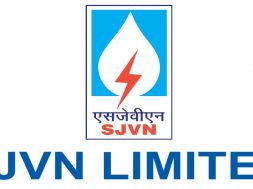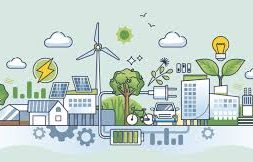
In Short : India’s domestic power consumption rose by 2.6% in July 2025 to 153.63 billion units, reflecting subdued growth due to early monsoon rains. Cooler weather reduced demand for cooling appliances, impacting overall electricity usage. Peak daily power supply also dipped to 220.59 GW from 226.63 GW in July 2024, signaling softer consumption patterns compared to last year.
In Detail : India’s domestic power consumption recorded a modest growth of 2.6% in July 2025, reaching a total of 153.63 billion units. This increase is lower than earlier projections due to unexpected weather changes during the month.
The early arrival of the southwest monsoon helped bring down temperatures across large parts of the country. As a result, demand for air conditioners, coolers, and fans dropped noticeably.
The lower-than-expected usage of cooling appliances led to reduced electricity consumption, particularly in residential and commercial segments. Many regions that typically witness high power loads in July saw stable or declining demand.
Compared to July 2024, when power consumption had risen sharply due to intense heatwaves, this year’s growth was more subdued. Last year, power consumption in July had surged as temperatures stayed elevated longer than usual.
Peak daily power supply in July 2025 also dipped to 220.59 gigawatts, down from 226.63 gigawatts in July 2024. This indicates a reduction in the maximum daily load managed by the power grid during the month.
Despite the lower figures, officials view the overall power demand as stable, reflecting resilience in core sectors like industry and infrastructure. However, domestic consumption clearly took a dip due to reduced temperature-driven demand.
State load dispatch centres and utilities adjusted power procurement accordingly, avoiding surplus energy and helping maintain grid balance. This also helped manage coal inventories more efficiently at power plants.
The monsoon’s impact is expected to persist through August, potentially influencing further moderation in electricity demand. However, any delay in rainfall or sudden heatwaves could quickly reverse the trend.
Overall, the 2.6% growth in July suggests that power consumption is still on an upward trajectory, albeit at a slower pace during the monsoon season, with weather remaining a key variable in demand patterns.












